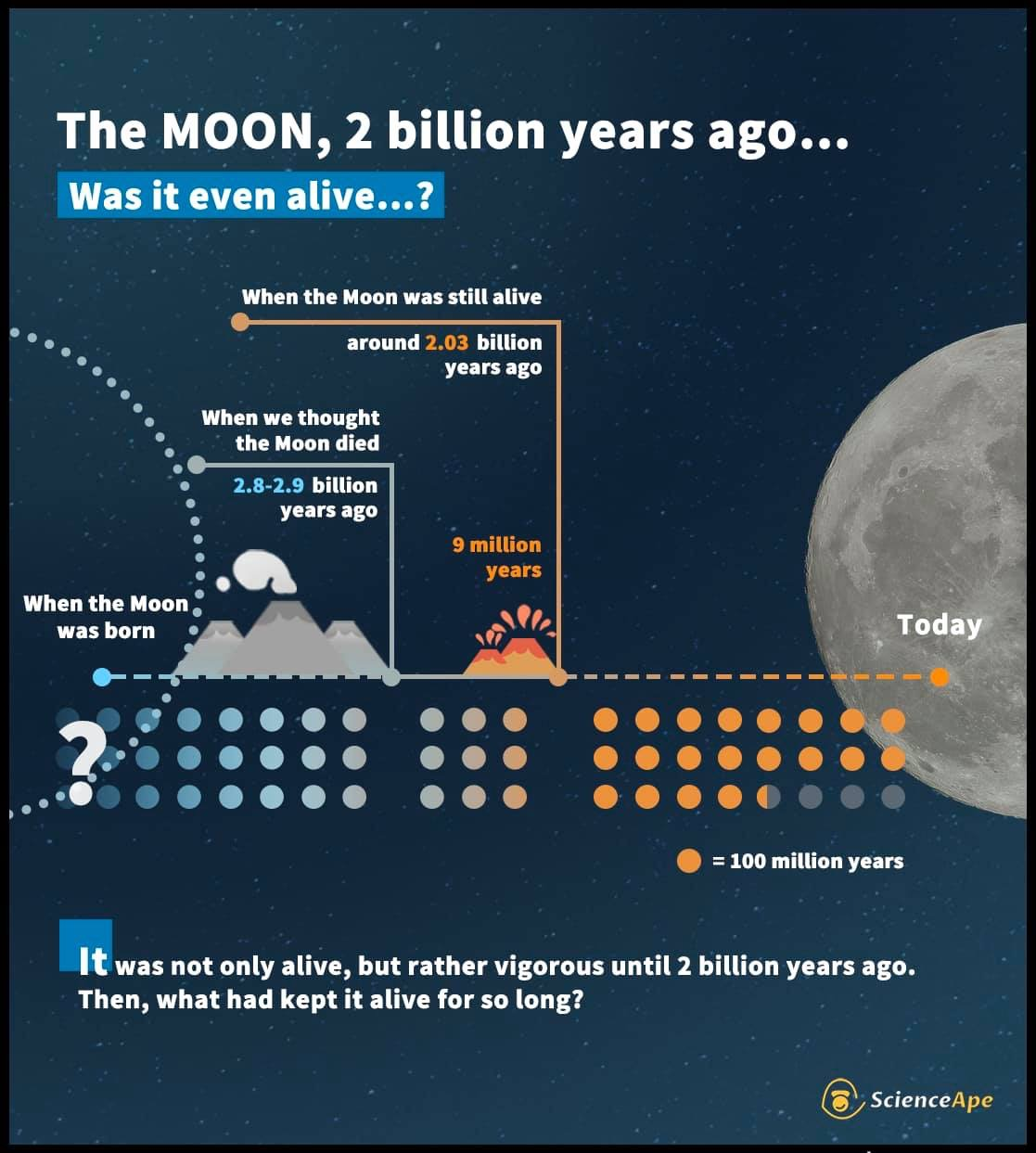Latest studies of the youngest lunar samples found so far* suggest that the Moon was volcanically active until 2.03 billion years ago, 900 million years closer to the present day than the last known date. The mantle source where the young volcanic activity derived had lower levels of water and heat-producing elements, indicating the Moon may have cooled off more slowly than previously thought. The new findings will help scientists improve the accuracy of predicting age of the surfaces on the Moon and other rocky planets based on crater-counting chronology, and shed new light on the volcanic and thermal history of the Moon.
*The samples were brought back by Chang’E-5, China’s lunar sample-return mission, from one of the youngest mare basalt units in Oceanus Procellarum on 17th December 2020.
#MoonLanding #LunarSample
Team from NAOC led by Prof. LI Chun-Lai obtained the characteristics of new lunar samples.
http://english.nao.cas.cn/focus/202110/t20211019_285170.html
Team from IGGCAS led by Prof. LI Xian-Hua brings forward the time of the Moon’s interior evolution by around 2 billion years.
https://www.nature.com/articles/s41586-021-04100-2
Team from IGGCAS led by Prof. HU Sen analysed the water composition of the new lunar samples.
https://www.nature.com/articles/s41586-021-04107-9
Team from IGGCAS led by Prof. YANG Wei figured out a slower pace of cooling-off of the Moon.
https://www.nature.com/articles/s41586-021-04119-5








